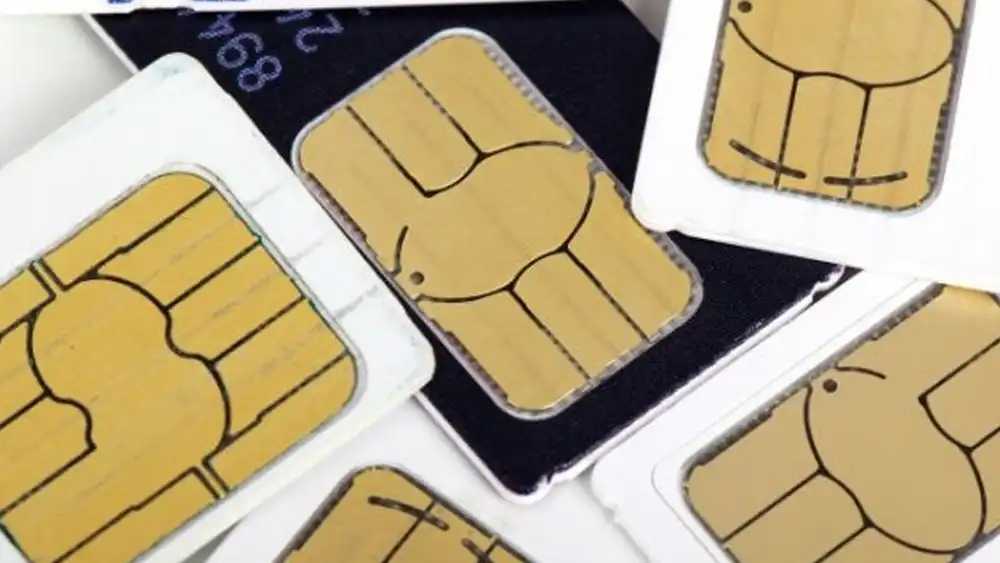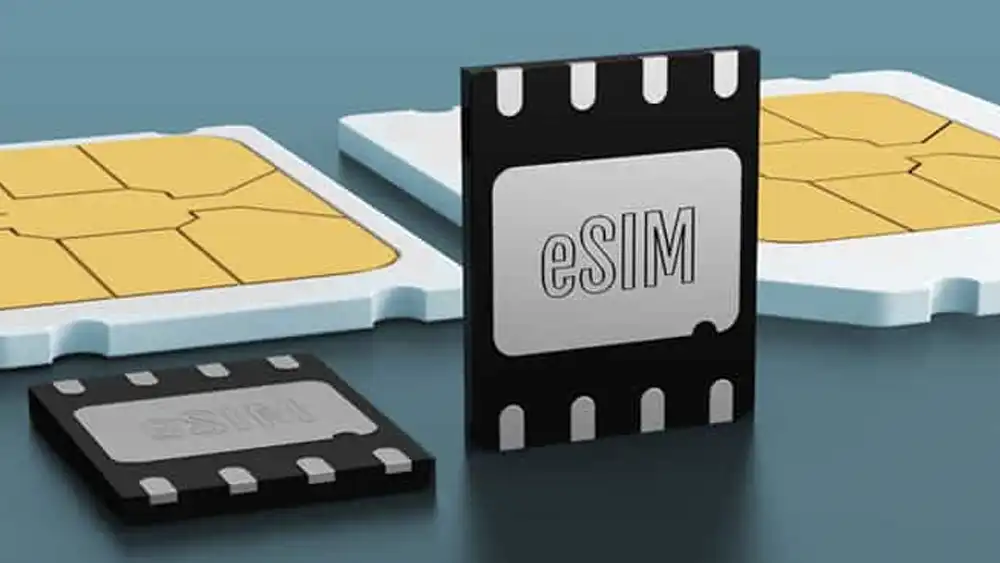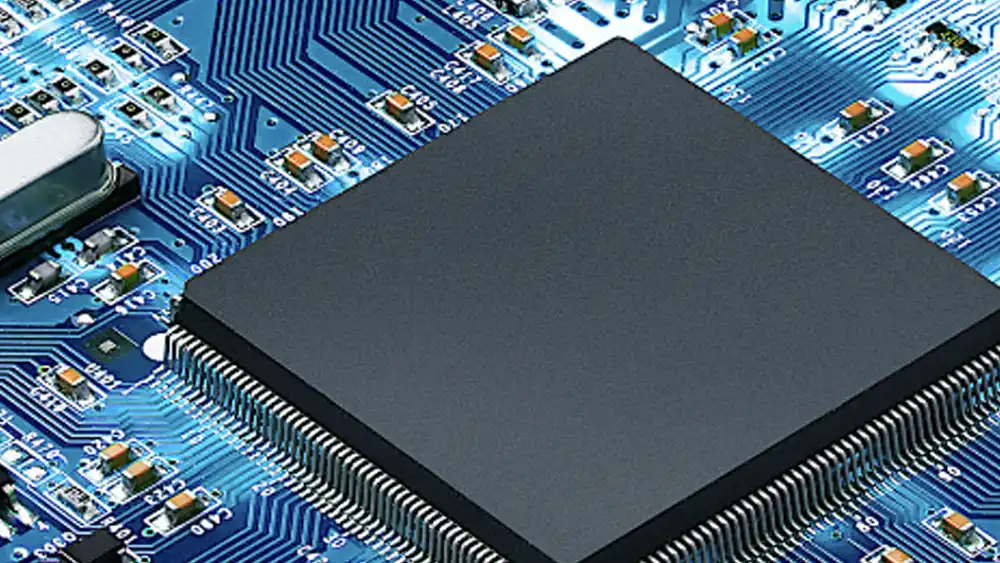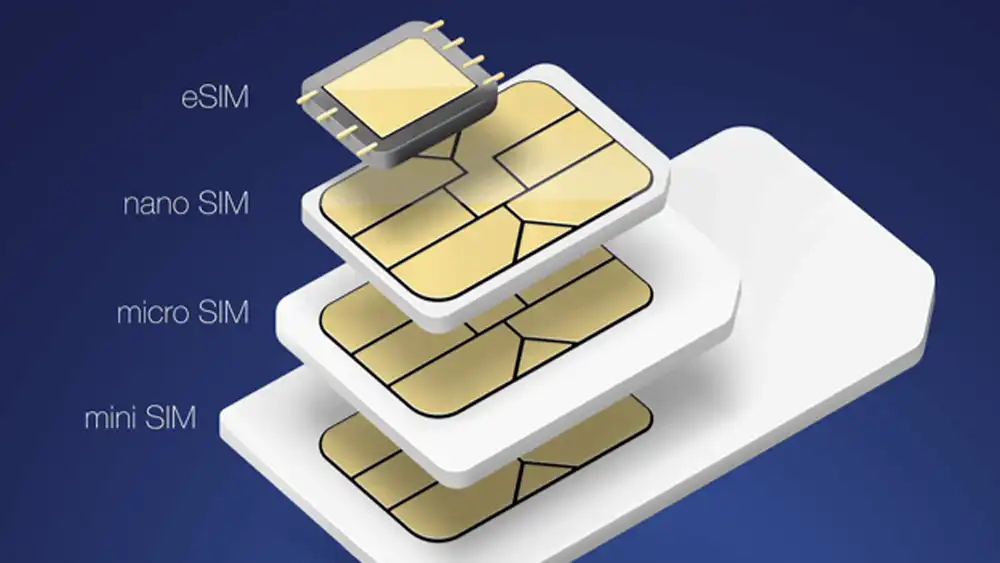What Is Integrated Circuit Card

Integrated Circuit Cards, commonly known as smart cards, are pocket-sized cards embedded with integrated circuits. They are used for a wide range of applications, including secure financial transactions, personal identification, and access control.
The importance of ICCs in the modern digital economy cannot be overstated as they offer enhanced security features and capabilities compared to traditional magnetic stripe cards.
Historical Background and Evolution
The concept of integrated circuit cards dates back to the late 1960s when German engineer Jürgen Dethloff filed the first patent.
The technology has since evolved significantly, with major advancements in microprocessor technology, cryptographic techniques, and contactless communication protocols. The widespread adoption of ICCs in banking and telecommunications during the 1990s marked a significant milestone in their evolution, paving the way for their current ubiquitous presence.
Embedded Universal Integrated Circuit Card

The Embedded Universal Integrated Circuit Card (eUICC) is an advanced form of the traditional SIM card designed for greater flexibility and functionality in mobile and IoT (Internet of Things) devices. Unlike conventional SIM cards, which are physically removable, the eUICC is embedded directly into the device’s hardware. This integration allows for remote provisioning and management of mobile network operator profiles.
Key Features of eUICC
- Embedded Form Factor: The eUICC is soldered directly onto the device’s motherboard, making it more secure and reducing the risk of physical damage or tampering. This is particularly beneficial for devices used in harsh environments or where space is at a premium.
- Remote Provisioning: One of the most significant advantages of eUICC technology is its ability to support remote SIM provisioning (RSP). This means that network operator profiles can be downloaded, updated, or changed over-the-air (OTA) without the need to physically swap SIM cards. This feature is facilitated by standards developed by the GSMA (GSM Association).
- Multiple Profiles: The eUICC can store multiple network operator profiles simultaneously. This allows users to switch between different mobile networks without changing the physical card, providing greater flexibility, especially for international travel or for devices moving across different network zones.
- Enhanced Security: Embedded SIMs (eSIMs) offer enhanced security features. Because they are integrated into the device, they are less susceptible to theft, cloning, or unauthorized access compared to traditional SIM cards.
Use Cases for eUICC
- Consumer Devices: Modern smartphones, tablets, and wearables increasingly use eUICC technology to allow users to activate their devices on different networks easily. Apple’s iPhone and Google’s Pixel phones, for example, support eSIM capabilities.
- IoT Applications: eUICC is particularly beneficial for IoT devices, such as smart meters, connected cars, and industrial sensors, which are often deployed in remote or hard-to-reach locations. The ability to manage these devices remotely simplifies network management and reduces maintenance costs.
- Automotive Industry: Connected cars use eUICC for various services, including telematics, infotainment, and emergency assistance. The ability to switch network profiles based on location ensures that the vehicle remains connected regardless of its geographic position.
- Enterprise Solutions: Businesses can deploy devices globally and manage connectivity through eUICC, ensuring seamless operations across different regions without the need for physical SIM management.
Benefits of eUICC
- Convenience: Users can switch network operators without physically replacing the SIM card. This is particularly useful for travelers and in situations where physical access to the device is challenging.
- Cost-Effectiveness: Remote management reduces the need for physical SIM card distribution and handling, lowering operational costs.
- Scalability: Businesses can easily scale their IoT deployments and manage large fleets of devices through centralized platforms.
- Future-Proofing: eUICC technology supports the evolving needs of mobile connectivity and IoT applications, making it a forward-looking solution.
Technical Specifications
Physical Characteristics
ICCs typically conform to the ISO/IEC 7810 standard for identification cards, which specifies dimensions, durability, and other physical properties. The standard size for most ICCs is ID-1, which measures 85.60 mm × 53.98 mm.
Electrical Characteristics
ICCs operate at various voltage levels, commonly 5V, 3V, and 1.8V. They are designed to withstand a range of environmental conditions, including temperature variations and electromagnetic interference, ensuring reliable performance in diverse settings.
Logical Characteristics
The logical structure of an ICC includes a file system that organizes data in a hierarchical manner. It typically consists of a master file (MF), dedicated files (DF), and elementary files (EF). The logical interface is defined by standards such as ISO/IEC 7816, which outlines the commands and protocols for communication between the ICC and external devices.
Types of Integrated Circuit Cards

Contact ICCs
Contact ICCs require physical contact with a card reader to function. They have a set of electrical contacts on the card’s surface that interface with corresponding contacts on the reader.
Contactless ICCs
Contactless ICCs communicate with the reader via radio frequency (RF) technology, eliminating the need for physical contact. They are commonly used in applications like public transportation and access control.
Dual-interface ICCs
Dual-interface ICCs combine both contact and contactless interfaces, offering greater flexibility and compatibility with a wider range of readers and applications.
Memory Cards vs. Microprocessor Cards
Memory cards primarily store data and are used for simple applications like prepaid phone cards. Microprocessor cards, on the other hand, contain a microcontroller unit (MCU) capable of performing complex computations, making them suitable for secure applications like banking and identification.
Related: Types of Integrated Circuit: The Ultimate Guide to Different Integrated Circuit Types
Applications of Integrated Circuit Cards

Financial Services
ICCs are extensively used in the financial industry for credit and debit cards, providing secure and reliable means for conducting transactions. The use of EMV (Europay, Mastercard, and Visa) standards has further enhanced the security of financial transactions involving ICCs.
Telecommunications
In telecommunications, ICCs are used as SIM cards in mobile phones, storing subscriber information and enabling secure communication between the mobile device and the network.
Healthcare
Healthcare applications of ICCs include storing patient records, managing health insurance information, and ensuring secure access to medical facilities.
Transportation
ICCs are widely used in transportation systems for fare collection, enabling quick and contactless payments for public transit services.
Government and Identification
Governments utilize ICCs for national ID cards, driving licenses, and electronic passports, enhancing the security and efficiency of identification and authentication processes.
Access Control
ICCs are employed in access control systems to regulate entry to buildings, secure areas, and IT systems, ensuring that only authorized individuals can gain access.
Benefits of Integrated Circuit Cards
Enhanced Security
One of the primary advantages of ICCs is their superior security features. They support advanced cryptographic algorithms and secure authentication protocols, making it extremely difficult for unauthorized users to access or tamper with the data.
High Storage Capacity
ICCs offer significantly higher storage capacity compared to traditional magnetic stripe cards. This allows them to store more information, such as biometric data, multiple application profiles, and transaction histories.
Fast Processing Speed
The microprocessor embedded in ICCs enables rapid processing of transactions and data exchanges, contributing to efficient and seamless user experiences in various applications.
Versatility
ICCs are highly versatile, supporting a wide range of applications across different industries. Their ability to store and process multiple types of data makes them suitable for diverse use cases.
Integrated Circuit Card Identifier

An Integrated Circuit Card Identifier (ICCID) is a unique number that is assigned to each SIM card used in mobile phones and other devices that connect to cellular networks. The ICCID serves as the card’s unique identifier, much like a serial number, and is crucial for the identification and management of SIM cards within a cellular network.
Here’s a detailed breakdown of the ICCID:
Structure of an ICCID
The ICCID is typically a 19- or 20-digit number that is structured in a specific format:
- Issuer Identification Number (IIN): The first part of the ICCID, usually comprising up to six digits, identifies the institution that issued the card. This part is often the same for SIM cards issued by the same network operator.
- Individual Account Identification: The next part of the ICCID is a variable-length field that uniquely identifies the individual SIM card. This is the unique serial number assigned to the card.
- Check Digit: The final digit is a check digit used for error detection. It ensures that the ICCID has been correctly composed and read by using the Luhn algorithm.
Example of an ICCID
For example, an ICCID might look like this: 8944501234567890123.
8944could represent the country code and the major industry identifier.50might denote the issuer identifier.123456789012would be the unique serial number of the SIM card.3is the check digit.
Purpose of an ICCID
- Identification: The ICCID uniquely identifies each SIM card on a cellular network, ensuring that each card can be individually recognized and managed.
- Authentication: When a device connects to a cellular network, the ICCID is used to verify and authenticate the SIM card’s identity.
- Network Operations: Mobile network operators use the ICCID for various network operations, such as tracking, managing subscriptions, billing, and customer service.
- SIM Card Management: The ICCID is essential for managing the lifecycle of the SIM card, including activation, deactivation, replacement, and provisioning.
Use in Mobile Devices
When you insert a SIM card into a mobile device, the device reads the ICCID from the card. This number is then used by the mobile network to establish a connection and provide services associated with that particular SIM card. If you switch SIM cards, the new ICCID will be read, and the network will update its records accordingly.
Security and Privacy
The ICCID is a sensitive piece of information because it uniquely identifies a SIM card. Unauthorized access to this number can potentially lead to cloning or misuse of the card. Therefore, it is important to keep your ICCID private and share it only with trusted entities, such as your mobile network provider.
In summary, the Integrated Circuit Card Identifier (ICCID) is a crucial component in the identification and management of SIM cards in mobile communication networks. Its unique structure and purpose ensure that each SIM card can be accurately tracked and authenticated within the network.
Conclusion
Integrated Circuit Cards are a critical component of modern secure transactions and identification systems. Their advanced security features, high storage capacity, and versatile applications make them indispensable across various industries. Despite security concerns and technical complexities, continuous innovations and prospects indicate a promising growth trajectory for ICCs.
As technology advances, the role of ICCs will continue to expand, integrating more sophisticated features and applications. Stakeholders in the industry must remain vigilant about security threats and stay adaptable to emerging trends. For those interested in leveraging ICC technology, investing in the latest innovations and adhering to best practices will be key to harnessing its full potential.